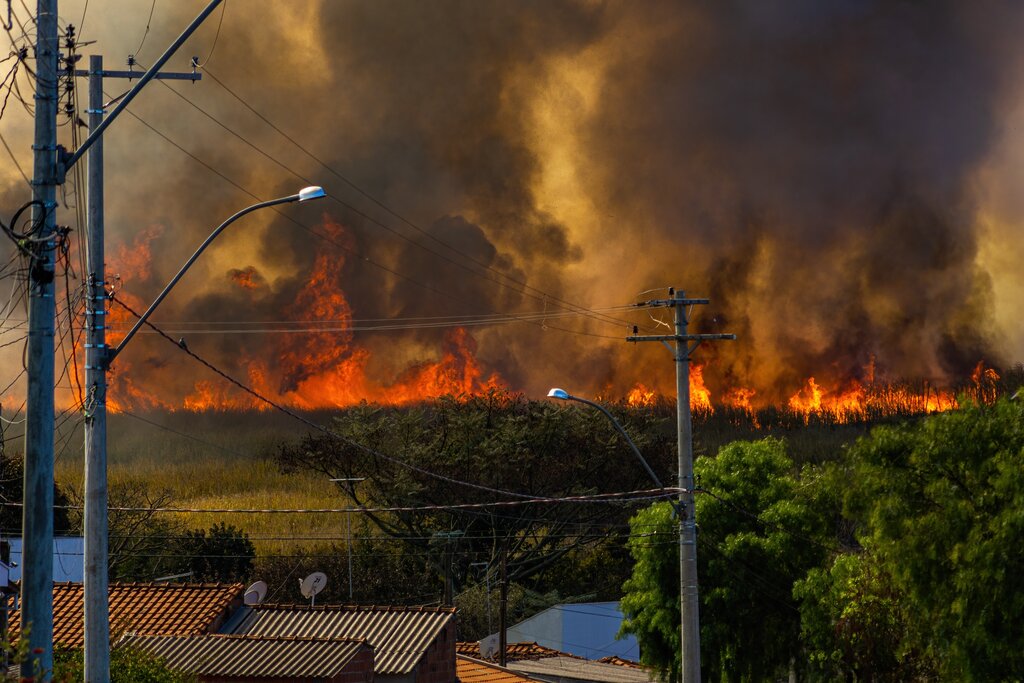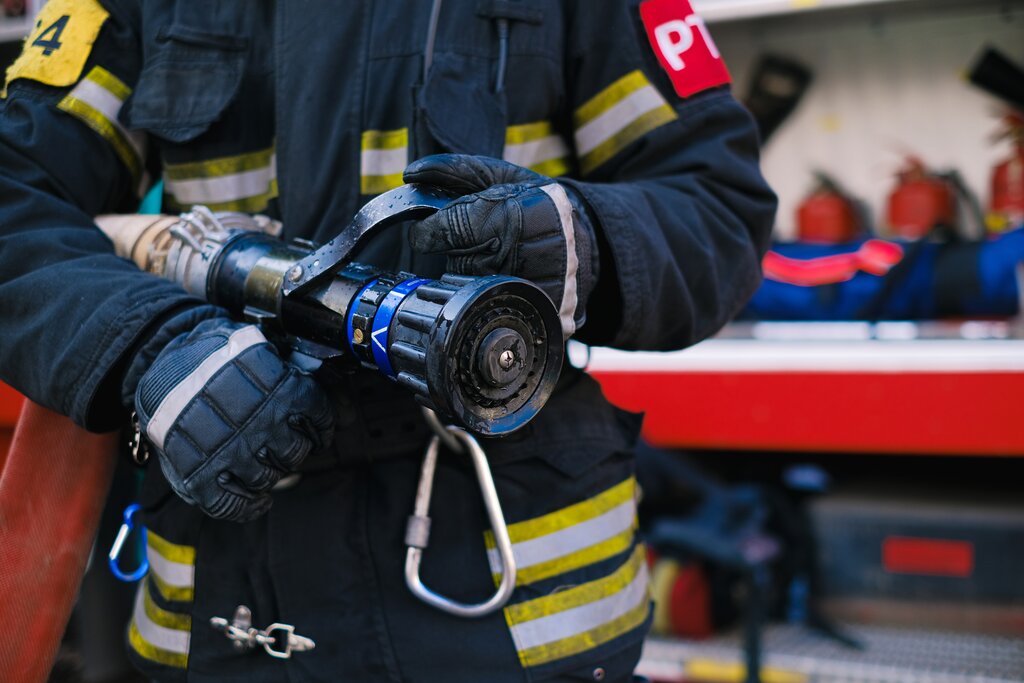Weary California Firefighters Will Get No Respite
“These firefighters never regrouped. They never went back to the station,” said Deputy Chief Scott McLean, a Cal Fire spokesman.
“They went from one fire to the next to the next to the next. Usually after a major incident, you get to demobilize and get back to the stations, retool and rest and do what you need to do. This year, it’s been one fire after the other.”
Unfortunately, there’ll be no rest for the weary as California’s peak wildfire season approaches.
Exhausted firefighters all over the state must now gear up for autumn. And if it’s anything like last year, it’ll take every resource the state can muster.
California’s Two Fire Seasons
Did you know that California actually has two distinct wildfire seasons? A 2015 University of California study identified the two as “Santa Ana season” and “summer season.”
–Article Continues Below–
This probably comes as no surprise to residents of the Golden State who’ve endured repeated wildfire evacuations throughout the year.
The Santa Ana season (from October through April) is well known. It’s characterized by hot, dry autumn winds that blow toward the coast from the interior. (See related article, “Santa Ana Winds Fuel ‘Apocalyptic’ Conditions.”)
As a result, Santa Ana fires tend to burn along the coast. Summer fires, on the other hand, can occur anywhere in the state. And they often start in remote wildland areas, where summer temperatures have dried out accumulated woody debris.
Summer fires typically burn between June and September. So, for firefighters in the state of California, there are three times of the year: Summer Fire Season… Santa Ana Fire Season… and May (when they get a brief break before starting all over again).
Burning Issues
The Santa Ana fire season is better known by California residents because it usually strikes the more developed areas along the coast. The result is more economic damage. For instance, more than 10,000 structures were destroyed in 2017’s devastating Santa Ana fires, compared to about 500 structures destroyed during 2017 summer fires.

Pixabay Image
Summer season wildfires tend to burn more slowly, while Santa Ana fires burn fast and dangerous. They often do half their total damage within the first 24 hours after they’re ignited.
However, both summer and Santa Ana fires typically burn about the same amount of acreage. Last year, that totaled a whopping 1,381,405 acres of scorched earth.
Faster and More Often
The bad news is, both types of fire are increasing in frequency and severity due to climate change.
As California’s climate becomes warmer and drier, conditions become more conducive to wildfires. In addition, forecasters expect the warmer climate will make Santa Ana winds even faster and more frequent.
California fire officials anticipate the “Santa Ana blowtorch” will once again wreak havoc before the 2018 wildfire season is finally behind them.
Sources:
Featured Image: U.S. Air Force Photo by Airman Preston L. Cherry, Public Domain



